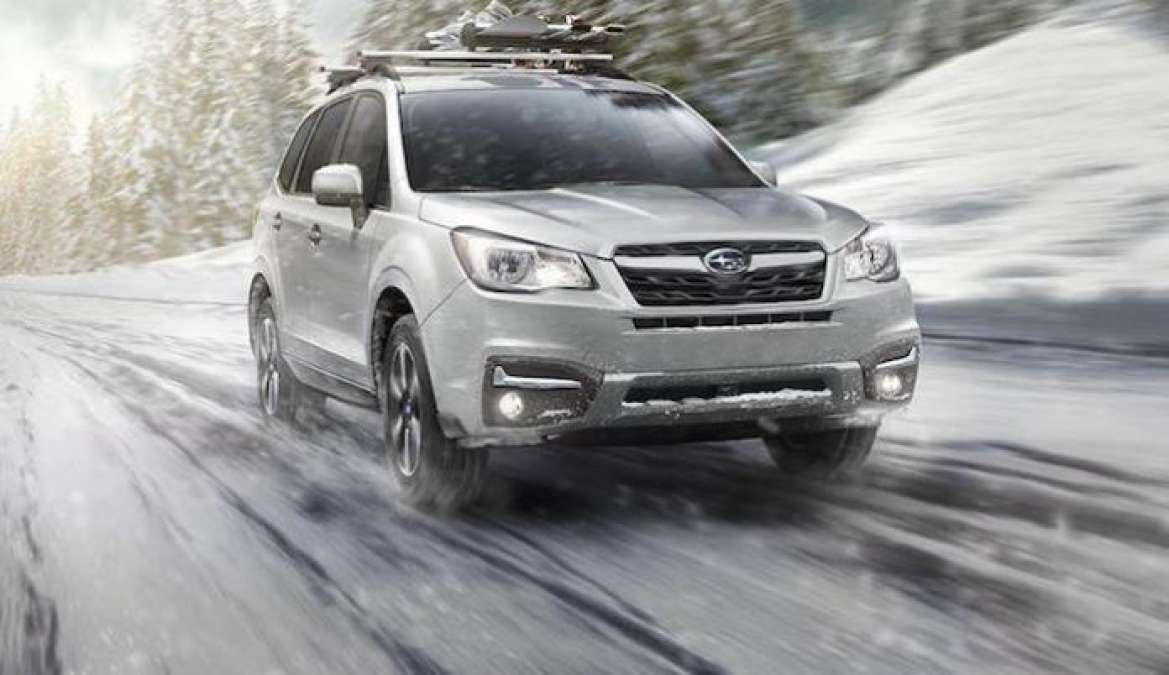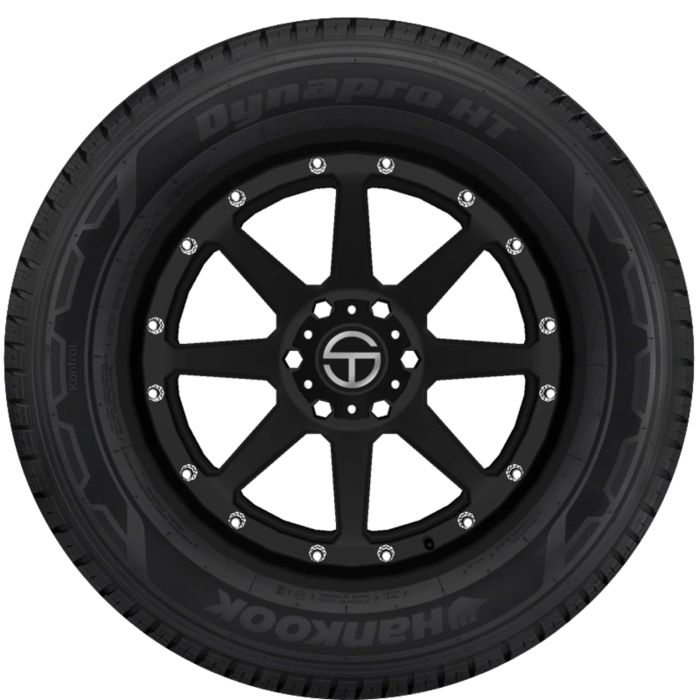Best winter tires for Subaru Outback? Yeah, that’s a seriously important question, especially if you live somewhere that gets actual snow. We’re talking about keeping your ride safe and sound on slick roads, so choosing the right rubber is no joke. This guide dives into the best winter tire options for your Outback, covering everything from tire types and brands to maintenance tips and real-world performance scenarios.
Get ready to conquer those winter storms!
This guide breaks down the essential factors to consider when selecting winter tires for your Subaru Outback. We’ll explore different tire types—like studded, high-performance winter, and all-weather—comparing their pros and cons based on the Outback’s all-wheel-drive system. We’ll also look at top-rated brands, key features to look for, and how tire size and pressure impact your driving experience.
We’ll even share some real-world examples of how winter tires make a huge difference in safety and handling.
Tire Types Suitable for Subaru Outback in Winter Conditions

Choosing the right winter tires for your Subaru Outback is crucial for safe and reliable driving in snowy and icy conditions. The Outback’s all-wheel-drive system provides excellent traction, but even AWD needs the right rubber to truly shine in winter. The performance of your vehicle in adverse weather depends heavily on the type of tires you select.
Winter Tire Types for the Subaru Outback
Three main types of winter tires are commonly used: studded tires, snow tires (also known as winter tires without studs), and all-weather tires. Each offers a different balance of traction, braking, and handling characteristics, and their suitability varies depending on the severity of winter conditions you expect to encounter.
Performance Characteristics Comparison
Studded tires offer the most aggressive grip on packed snow and ice due to the metal studs embedded in the tread. Snow tires rely on a softer rubber compound and a more aggressive tread pattern for excellent traction in snow. All-weather tires represent a compromise, offering improved performance in light snow and slush compared to all-season tires, but generally lacking the grip of dedicated snow tires or studded tires in severe winter conditions.
Braking distances are significantly shorter with studded and snow tires compared to all-weather tires on snow and ice. Handling, while generally good with all three types, is best with snow tires in deep snow and with studded tires on packed ice. The Outback’s AWD system enhances the performance of all three tire types, particularly improving stability and control.
So, you’re looking for the best winter tires for your Subaru Outback? That’s a great first step to conquering those snowy roads! But before you hit the shops, make sure your tires are properly inflated; otherwise, you might see that dreaded tire pressure light—check out this article if that’s the case: Why is my tire pressure light on?
. Once you’ve got the right pressure, you’ll be all set to find those perfect winter tires for your Outback and enjoy a safe and fun winter.
Advantages and Disadvantages Considering AWD
The Outback’s AWD system works in conjunction with the tires to distribute power effectively. Studded tires, while providing superior grip on ice, can damage road surfaces and may be legally restricted in certain areas. Their aggressive grip can also make handling slightly less precise than with snow tires on certain surfaces. Snow tires, while less aggressive than studded tires, provide excellent traction in a wider range of winter conditions and are generally quieter and smoother.
All-weather tires offer convenience as they don’t require seasonal changes, but their performance in severe winter conditions is limited. The AWD system mitigates some of the disadvantages of each tire type, but it cannot compensate for fundamentally inadequate grip in extreme conditions.
Tire Type Comparison Table
| Tire Type | Pros | Cons | Suitable Conditions |
|---|---|---|---|
| Studded Tires | Exceptional ice traction, superior braking on packed snow and ice | Can damage roads, may be illegal in some areas, can be noisy and less precise handling than snow tires | Severe icy conditions, areas with frequent black ice |
| Snow Tires | Excellent snow traction, good braking performance on snow and ice, relatively quiet and comfortable | Less effective on bare pavement than all-season tires, requires seasonal tire changes | Moderate to heavy snowfall, icy patches, slush |
| All-Weather Tires | Convenience of year-round use, improved performance in light snow compared to all-season tires | Compromised performance in severe winter conditions compared to dedicated snow tires, longer braking distances on snow and ice | Mild winters, areas with infrequent or light snowfall |
Top-Rated Winter Tire Brands for Subaru Outback: Best Winter Tires For Subaru Outback
Choosing the right winter tires for your Subaru Outback is crucial for safe and reliable driving in snowy and icy conditions. The right tires will significantly improve traction, braking, and overall handling, making your winter commutes much less stressful. This section dives into five top-performing brands, highlighting their key features and providing specific examples of suitable models.
Top Winter Tire Brands and Their Models
Several brands consistently receive high marks for their winter tire performance. These brands utilize advanced technologies and materials to provide superior grip and handling in challenging winter weather. Below, we’ll examine five leading brands and a popular model from each that’s well-suited for the Subaru Outback.
| Brand | Model | Key Features | Price Range |
|---|---|---|---|
| Michelin | X-Ice Snow | Michelin’s unique tread compound and pattern design provide exceptional grip on snow and ice. The sipe design maximizes contact with the road surface, enhancing braking and handling. They also feature a directional tread pattern for improved snow evacuation. | $150 – $250 per tire (depending on size) |
| Bridgestone | Blizzak WS90 | Blizzak WS90 tires use Bridgestone’s advanced NanoPro-Tech™ compound, which improves grip on icy surfaces. The multi-cell compound design provides excellent traction and stability. The tread pattern is designed for efficient snow and slush evacuation. | $160 – $260 per tire (depending on size) |
| Nokian | Hakkapeliitta R3 | Nokian, a Finnish tire manufacturer, is renowned for its winter tire expertise. The Hakkapeliitta R3 features a unique tread pattern and a silica-based compound designed for optimal grip in various winter conditions. They often feature advanced stud designs for enhanced ice traction. | $200 – $300 per tire (depending on size) |
| Continental | VikingContact 7 | Continental’s VikingContact 7 utilizes a unique tread compound and optimized tread pattern for enhanced snow and ice grip. The tire’s design focuses on maximizing contact with the road surface, improving braking performance and stability. | $140 – $240 per tire (depending on size) |
| Yokohama | IceGuard G075 | The IceGuard G075 boasts a unique tread pattern and a specialized rubber compound designed for excellent grip on snow and ice. The design incorporates multiple sipes for enhanced traction, particularly in icy conditions. | $130 – $230 per tire (depending on size) |
Tire Size, Tread Pattern, and Speed Rating Considerations
The specific size, tread pattern, and speed rating you choose will depend on your Subaru Outback’s year, model, and trim level. Consult your owner’s manual or the tire size sticker located on your driver’s side doorjamb for the recommended tire size. Most Subaru Outbacks use sizes ranging from 225/65R17 to 225/70R16. Tread patterns generally vary between directional and asymmetrical designs, each optimized for different winter driving conditions.
Speed ratings are usually H or V, indicating the maximum speed the tire can safely handle. Always select tires with a speed rating that meets or exceeds your vehicle’s requirements. It is highly recommended to check with a tire professional to determine the most appropriate size and specifications for your specific Outback model.
Factors Influencing Winter Tire Selection for Subaru Outback

Choosing the right winter tires for your Subaru Outback is crucial for safe and reliable driving in snowy and icy conditions. Several factors beyond just brand reputation play a significant role in determining which tires will perform best for your specific needs and driving style. Understanding these factors will help you make an informed decision and maximize your winter driving safety.Tire Size, Speed Rating, and Their Impact on Fuel Efficiency and Driving ExperienceTire size and speed rating directly affect fuel efficiency and the overall driving experience.
Larger tires, while offering potentially better traction in some situations, generally increase rolling resistance, leading to slightly reduced fuel economy. Conversely, smaller tires might improve fuel efficiency but could compromise traction and handling, especially in deep snow. The speed rating indicates the maximum safe speed for the tire; a higher speed rating often translates to a stiffer sidewall, potentially impacting ride comfort and traction on snow and ice.
For example, a tire with a speed rating of ‘H’ (130 mph) will likely be firmer than one with a ‘T’ rating (118 mph). The optimal balance depends on your typical driving conditions and priorities. If you primarily drive on well-maintained roads with occasional snow, a higher speed rating might be preferable. However, for frequent driving in heavy snow or ice, a lower speed rating with a softer sidewall might provide better grip.
Tread Pattern and Winter Road Surface Interaction
Different tread patterns are designed to optimize traction on various winter road surfaces. Aggressive tread patterns with deep grooves and sipes (small slits in the tread blocks) excel in deep snow and slush by providing excellent biting edges and channeling away water and snow. However, these patterns might generate more road noise and slightly reduce fuel efficiency compared to tires with a more moderate tread design.
On packed snow and ice, tires with a higher density of sipes are often preferred, as these increase the number of contact points with the road surface, improving grip. Consider the typical winter road conditions in your area when choosing a tread pattern. If you frequently encounter deep snow, an aggressive pattern is beneficial. For areas with primarily packed snow and ice, a tire with many sipes and a more moderate tread design might be a better choice.
Vehicle Weight and Engine Power Influence on Tire Selection, Best winter tires for Subaru Outback
The Subaru Outback’s weight and engine power influence the load rating and overall tire performance. Heavier vehicles require tires with a higher load index to safely support their weight. Similarly, more powerful engines can potentially put more stress on tires during acceleration and braking, especially in slippery conditions. Therefore, selecting tires with a load index that exceeds the vehicle’s specifications and offers robust construction is crucial for ensuring safe and reliable performance in winter.
Failing to do so could result in compromised handling and increased risk of tire failure. Consult your Outback’s owner’s manual for recommended load index and tire pressure information.
Key Factors for Subaru Outback Winter Tire Selection
Choosing the right winter tires involves careful consideration of several factors. Here are five key aspects to keep in mind:
- Tire Size and Speed Rating: Balance fuel efficiency with desired handling and performance.
- Tread Pattern: Select a pattern appropriate for typical winter road conditions in your area.
- Load Index and Speed Rating: Ensure the tires meet or exceed the vehicle’s weight and speed requirements.
- Tire Type: Consider studded tires if you frequently drive on heavily iced roads. Note that studded tires may be restricted in some areas.
- Budget: Winter tires represent a significant investment, so set a realistic budget beforehand.
Tire Pressure and Maintenance for Optimal Performance
Maintaining correct tire pressure is crucial for your Subaru Outback’s winter performance and overall safety. Proper inflation directly impacts traction, fuel efficiency, and tire wear, all especially important during challenging winter conditions. Neglecting tire pressure can lead to significant issues, from reduced handling and braking to premature tire damage.
Checking and adjusting tire pressure is a simple yet vital task. You’ll need a reliable tire pressure gauge – an analog gauge is generally preferred for accuracy, although digital gauges are also widely available. Always check your tire pressure when the tires are cold (meaning the vehicle hasn’t been driven for at least three hours). The recommended tire pressure for your Subaru Outback is found on a sticker located inside the driver’s side doorjamb or in your owner’s manual.
This pressure is usually expressed in PSI (pounds per square inch).
Checking and Adjusting Tire Pressure
To check your tire pressure, remove the valve cap from the tire valve stem. Press the gauge firmly onto the valve stem until you hear a hiss of air; this allows the gauge to accurately read the pressure. Compare the reading to the recommended pressure. If the pressure is too low, add air using a portable air compressor or at a gas station air pump.
So, you’re looking for the best winter tires for your Subaru Outback? Getting the right rubber is key for safe winter driving, but before you hit the road, make sure your car’s electrical system is up to snuff. If your battery’s acting wonky, it could be a sign of a deeper issue, like checking out the symptoms described in this article on Symptoms of a bad alternator diode , which could leave you stranded.
Once you’ve ruled out electrical gremlins, you can focus on finding those perfect winter tires for your Outback and enjoy the snowy season!
If the pressure is too high, carefully release air using the valve stem until you reach the correct pressure. Remember to replace the valve caps after you’re finished.
Consequences of Incorrect Tire Pressure
Driving with underinflated tires significantly reduces your vehicle’s handling and braking performance, particularly on snow and ice. The larger contact patch increases rolling resistance, leading to reduced fuel efficiency. Additionally, underinflation causes uneven tire wear, potentially leading to premature tire failure. Conversely, overinflation decreases the tire’s contact patch, resulting in reduced traction, especially in slippery conditions. Overinflation also makes the ride harsher and increases the risk of tire damage from impacts.
In extreme cases, both underinflation and overinflation can cause tire blowouts.
Winter Tire Rotation and Storage
Rotating your winter tires helps ensure even wear across all four tires, maximizing their lifespan and performance. The recommended rotation pattern depends on your vehicle’s specific configuration (e.g., front-wheel drive, all-wheel drive). Consult your owner’s manual or a tire professional for the best rotation pattern for your Subaru Outback. Proper rotation extends the life of your tires and enhances their performance.
Proper Winter Tire Storage
When not in use, proper storage is essential to maintain the condition of your winter tires. Before storing, clean your tires thoroughly to remove any dirt, salt, or debris. Allow them to dry completely. Store the tires in a cool, dry place away from direct sunlight, extreme temperatures, and ozone-generating equipment. Ideally, store tires vertically, off the ground, to prevent deformation.
If storing tires mounted on rims, ensure they are inflated to the recommended pressure.
Illustrative Examples of Winter Tire Performance
Seeing is believing, and when it comes to winter tires, the difference in performance compared to all-season tires is dramatic, especially in challenging winter conditions. The following examples illustrate the significant advantages winter tires offer in braking, handling, and traction.
Superior Braking Performance on Icy Roads
Imagine this: you’re driving your Subaru Outback at 20 mph on a patch of black ice, a common hazard in many parts of the country. You suddenly need to brake hard to avoid a collision. With all-season tires, your vehicle might skid uncontrollably for a distance of 50-70 feet before coming to a complete stop, due to the reduced grip on ice.
However, with a set of dedicated winter tires, the braking distance could be reduced by as much as 30-40%, bringing your stopping distance down to 30-40 feet. This significant reduction in stopping distance translates directly to increased safety and a much higher chance of avoiding an accident. The superior grip provided by the winter tire’s tread design and rubber compound allows for more effective braking even on the slickest surfaces.
Improved Handling and Stability on Snow-Covered Roads
Now picture yourself navigating a winding snow-covered road at 25 mph. With all-season tires, the vehicle feels less responsive, with a tendency to understeer (the front wheels losing grip and sliding straight ahead) or oversteer (the rear wheels losing grip and the car sliding sideways). Maintaining control requires constant, careful steering adjustments and a degree of apprehension. But with winter tires, the experience is dramatically different.
The increased grip allows for more precise steering input, leading to improved vehicle control and enhanced maneuverability. The car feels more planted and responsive, allowing for confident navigation of the snowy curves without the anxiety of potential loss of control. The car tracks predictably and responds smoothly to steering inputs, making for a safer and more comfortable drive.
Enhanced Traction on Steep Inclines
Let’s consider a scenario involving a steep, snow-covered driveway with a grade of around 15 degrees. Attempting to ascend this incline with all-season tires might result in your Subaru Outback losing traction and slipping backwards, even with a slow and steady approach. This is because all-season tires are not designed to handle the low temperatures and snowy conditions that significantly reduce their grip.
However, with winter tires, the increased traction provided by their aggressive tread pattern and specialized rubber compound makes the ascent considerably safer and easier. The tires dig into the snow and ice, providing sufficient grip to allow for a confident and controlled ascent without fear of losing traction and sliding backward. The enhanced traction translates to increased confidence and safety, especially in situations where a loss of traction could have serious consequences.
Final Summary
So, there you have it – your comprehensive guide to finding the best winter tires for your Subaru Outback. Remember, choosing the right tires is a game-changer for winter driving safety and performance. By carefully considering tire type, brand, size, and maintenance, you can confidently navigate snowy and icy roads, ensuring a smooth and safe winter driving experience. Now get out there and enjoy the snow (responsibly, of course!).









